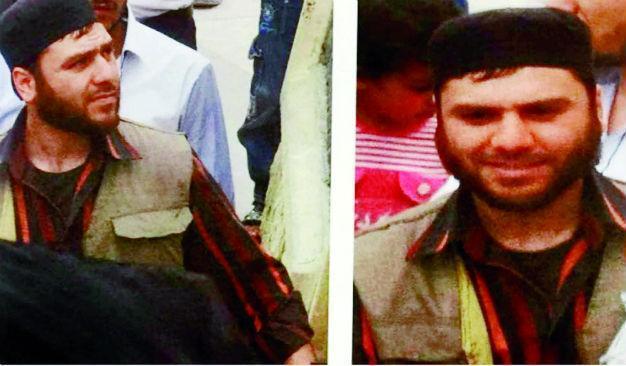ISIL in Syria approved Ankara bombing, rejected four other suggestions: Jihadist
İdris Emen - ISTANBUL

The Islamic State of Iraq and the Levant (ISIL) in Syria approved a bombing in Ankara on Oct. 10, 2015, while rejecting four other suggested targets, according to a document belonging to Yunus Durmaz, who was the so-called “emir” of the jihadist group before blowing himself up during a police operation in Turkey on May 20.
The document, which was examined as part of a probe launched in the southeastern province of Gaziantep, said Durmaz sent five plans for attacks to ISIL militants in Syria but that the Oct. 10 attack on an Ankara peace rally, which killed at least 101 in Turkey’s worst-ever terrorist attack, was the only plan that was approved.
The document consisting of three parts, namely “actions,” “mistakes” and “conclusions,” included details on how the attack was planned and conducted. It also included the “mistakes” that ISIL made and details of the police raids on the jihadists’ houses.
The “action” section of the document includes four other proposed attacks that were slated for October 2015.
The order to carry out the attack was delivered to Durmaz by “Abu Talha,” the codename of Erman Ekici, after which Durmaz ordered “Kundi” (Yakup Şahin) and “Davut” (Hakan Şahin) to conduct the twin suicide bombing. The attack was described as “successful” after it was carried out.
The “mistakes” part of the document included the “chain of mistakes committed by ISIL militants” after the Oct. 10 bombing. The documents stated that the ISIL militants, who were riding in two separate cars, met four times on their way to Ankara from Gaziantep. As a result, the cell began to be tracked, resulting in subsequent police raids.
According to the information from the “conclusion” section of the document, Durmaz escaped from the police raid.
“We’ve noticed police officers around my house. We realized that they were asking about our whereabouts. They came to my house later on and knocked on the door. We positioned ourselves in a way to fight with them. They then asked my neighbor who was living in my house and they left. I understood that they had found my house. We escaped using the fire escape of the building, taking only a pistol and a hand grenade with us,” Durmaz wrote.
 The Islamic State of Iraq and the Levant (ISIL) in Syria approved a bombing in Ankara on Oct. 10, 2015, while rejecting four other suggested targets, according to a document belonging to Yunus Durmaz, who was the so-called “emir” of the jihadist group before blowing himself up during a police operation in Turkey on May 20.
The Islamic State of Iraq and the Levant (ISIL) in Syria approved a bombing in Ankara on Oct. 10, 2015, while rejecting four other suggested targets, according to a document belonging to Yunus Durmaz, who was the so-called “emir” of the jihadist group before blowing himself up during a police operation in Turkey on May 20.